Laval Nozzle Flow Apparatus
Categories: Engineering Lab EquipmentDescriptionThe apparatus connects to optional Compressor or a suitable laboratory supply of dry, clean compressed air. It demonstrates the thermodynamic and fluid properties of the adiabatic expansion...
Product
Description
Description
The apparatus connects to optional Compressor or a suitable laboratory supply of dry, clean compressed air. It demonstrates the thermodynamic and fluid properties of the adiabatic expansion of subsonic and supersonic air flow through nozzles. Its floor-standing frame holds: • a pressure chest with a removable lid and nozzle traverse mechanism; • a useful worktop; • a pressure regulator to maintain the inlet/upstream pressure, with an analogue reference pressure gauge; • three interchangeable, profiled and polished brass nozzles with mimics that fit on the traverse mechanism; • an instrument frame with digital pressure and temperature displays. A nozzle is fitted to the chest. Compressed air passes through the pressure regulator and an isolating valve. It then enters the pressure chest and passes vertically down through the nozzle, then through a precision downstream valve. The air flow then settles as it passes along a horizontal pipe, through an orifice and out to atmosphere. The temperature and pressure displays accurately measure temperatures and pressures at key points around the apparatus, including the pressures around the orifice which students use to determine overall mass flow. For ease of visibility and for good engineering practice, the analogue gauge also shows pressure in the chest. A stainless-steel probe on a manually adjustable, vertical traverse measures the pressure distribution along the axis of the nozzle. A digital indicator measures the probe position in the nozzle. The traverse mechanism includes a pointer and a mounting for a ‘mimic’ of each nozzle. The pointer moves along the mimic to help students visualize the position of the probe. The instrument frame has extra space for the optional VDAS® interface unit. VDAS® allows accurate real-time data capture, monitoring, display, calculation and charting of all the important readings on a suitable computer (computer not included).
Learning Outcomes
The relationship between pressure ratio and flow for convergent and convergent/divergent Laval nozzles
The pressure profile in convergent/divergent nozzles at various pressure ratios
Investigation of expansion with friction in a parallel passage at high subsonic velocities
Boundary layer growth under subsonic and supersonic conditions
The phenomenon of choked flow corresponding to sonic velocity at a nozzle throat
Specifications
ATICO is committed to a programme of continuous improvement; hence we reserve the right to alter the design and product specification without prior notice.
Dimensions and weight:
Nett: Length 2900 mm x depth 600 mm x height 1730 mm
and 123 kg (including instruments)
Packed: 4.0 m3 and 218 kg
Operating Conditions
Operating Enviroment:
Laboratory
Storage Temprature Range :
–25°C to +55°C (when packed for transport)
Operating Temprature range:
+5°C to +40°C
Operating relative humidity range:
30% to 95% (non-condensing)
quick overview :
Description
The apparatus connects to optional Compressor or a suitable laboratory supply of dry, clean compressed air. It demonstrates the thermodynamic and fluid properties of the adiabatic expansion of subsonic and supersonic air flow through nozzles. Its floor-standing frame holds: • a pressure chest with a removable lid and nozzle traverse mechanism; • a useful worktop; • a pressure regulator to maintain the inlet/upstream pressure, with an analogue reference pressure gauge; • three interchangeable, profiled and polished brass nozzles with mimics that fit on the traverse mechanism; • an instrument frame with digital pressure and temperature displays. A nozzle is fitted to the chest. Compressed air passes through the pressure regulator and an isolating valve. It then enters the pressure chest and passes vertically down through the nozzle, then through a precision downstream valve. The air flow then settles as it passes along a horizontal pipe, through an orifice and out to atmosphere. The temperature and pressure displays accurately measure temperatures and pressures at key points around the apparatus, including the pressures around the orifice which students use to determine overall mass flow. For ease of visibility and for good engineering practice, the analogue gauge also shows pressure in the chest. A stainless-steel probe on a manually adjustable, vertical traverse measures the pressure distribution along the axis of the nozzle. A digital indicator measures the probe position in the nozzle. The traverse mechanism includes a pointer and a mounting for a ‘mimic’ of each nozzle. The pointer moves along the mimic to help students visualize the position of the probe. The instrument frame has extra space for the optional VDAS® interface unit. VDAS® allows accurate real-time data capture, monitoring, display, calculation and charting of all the important readings on a suitable computer (computer not included).
Learning Outcomes
The relationship between pressure ratio and flow for convergent and convergent/divergent Laval nozzles
The pressure profile in convergent/divergent nozzles at various pressure ratios
Investigation of expansion with friction in a parallel passage at high subsonic velocities
Boundary layer growth under subsonic and supersonic conditions
The phenomenon of choked flow corresponding to sonic velocity at a nozzle throat
Specifications
ATICO is committed to a programme of continuous improvement; hence we reserve the right to alter the design and product specification without prior notice.
Dimensions and weight:
Nett: Length 2900 mm x depth 600 mm x height 1730 mm
and 123 kg (including instruments)
Packed: 4.0 m3 and 218 kg
Operating Conditions
Operating Enviroment:
Laboratory
Storage Temprature Range :
–25°C to +55°C (when packed for transport)
Operating Temprature range:
+5°C to +40°C
Operating relative humidity range:
30% to 95% (non-condensing)
Product
Reviews
add Review
reviews
No Review Yet.
Copyrights © 2025 All Rights Reserved by Atico

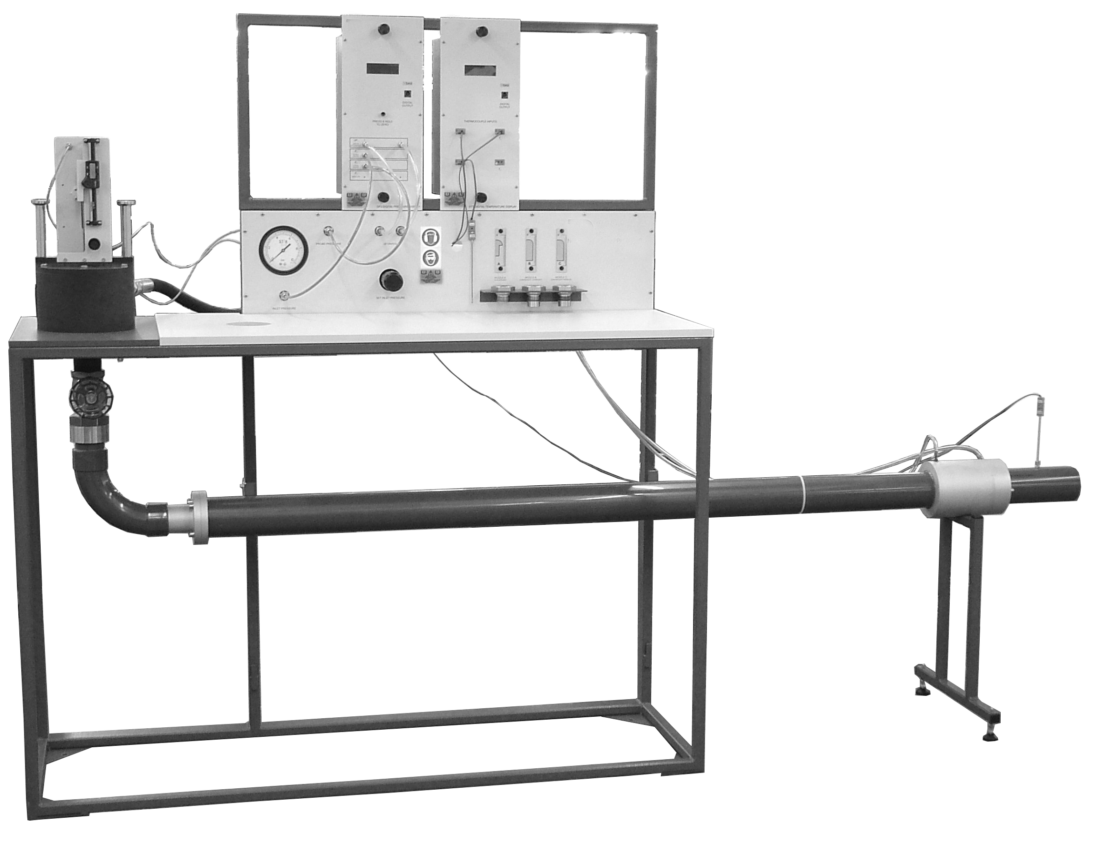




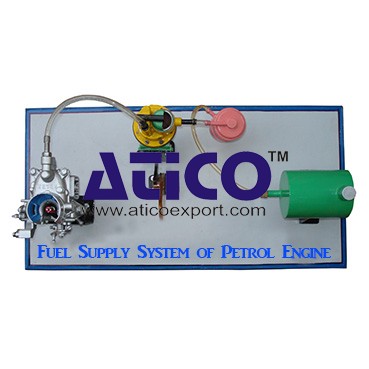
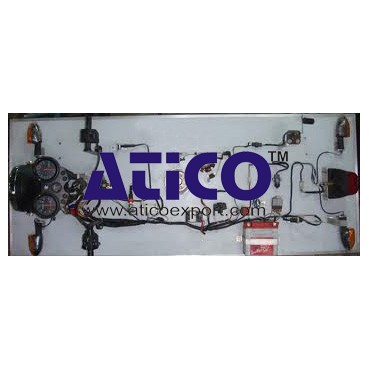
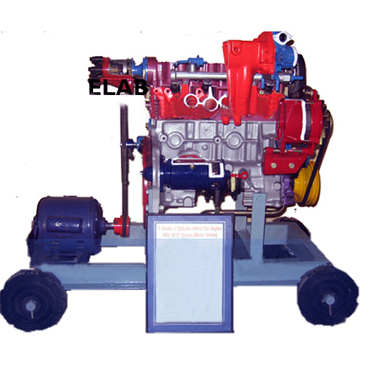
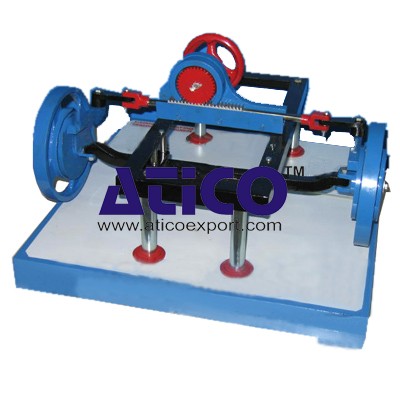
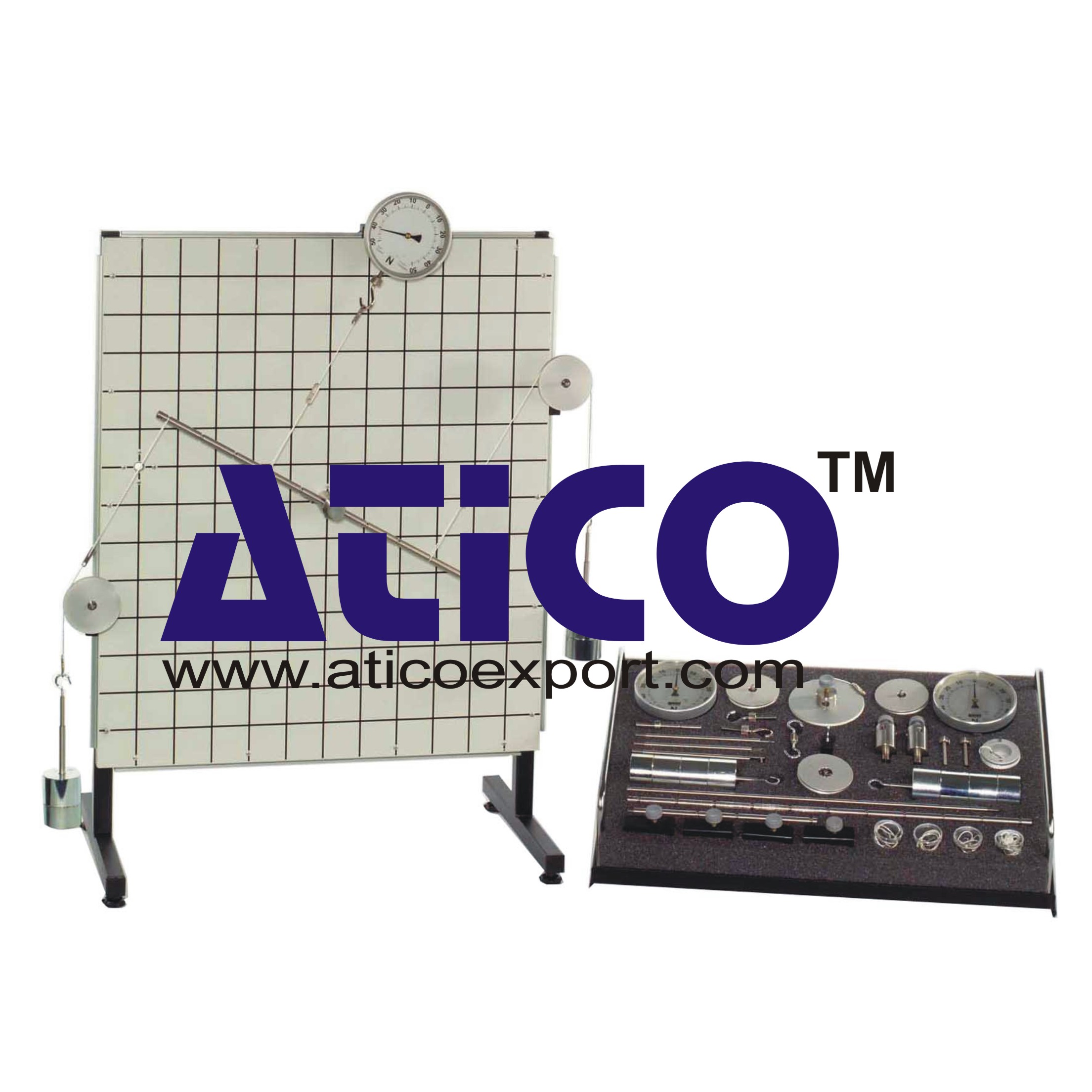
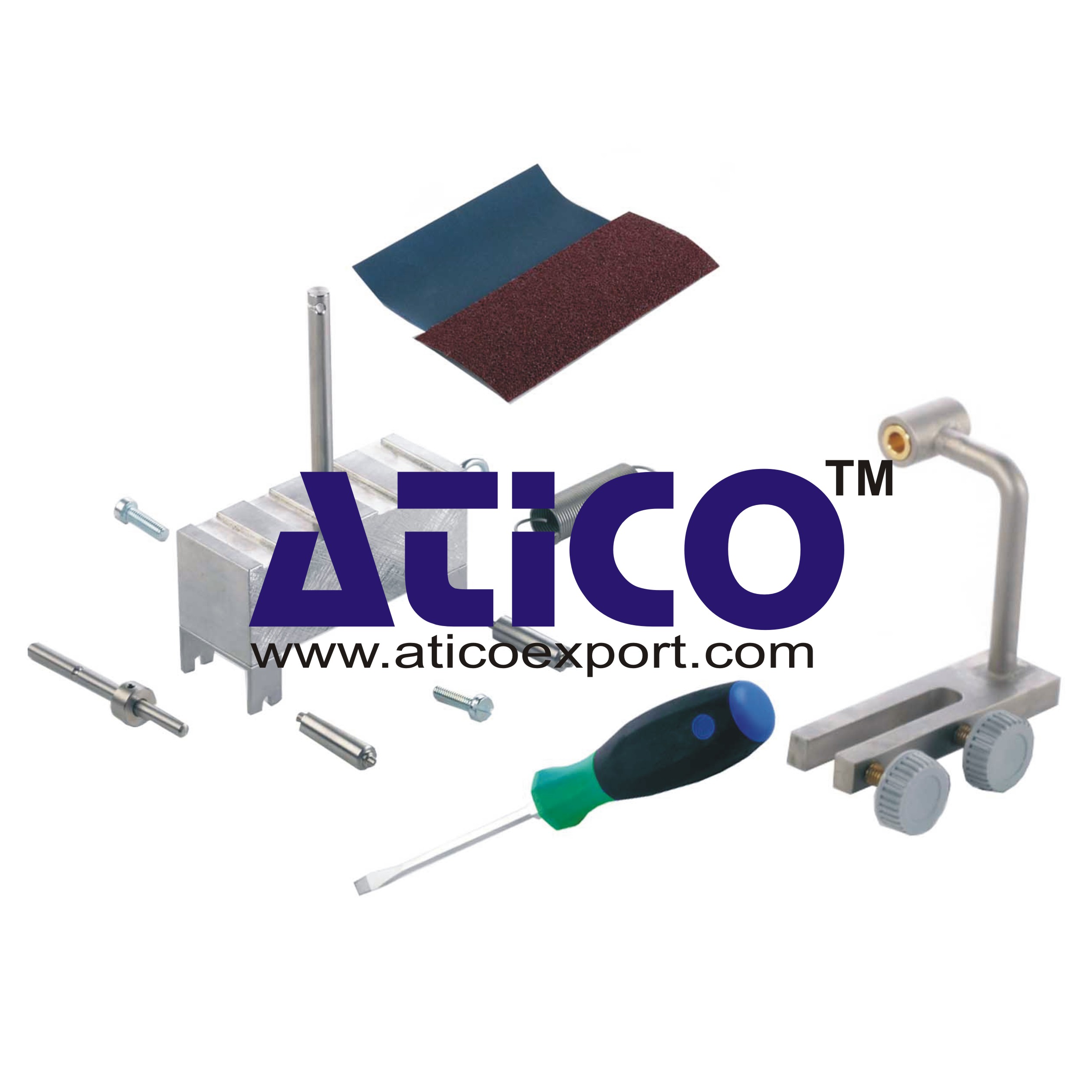
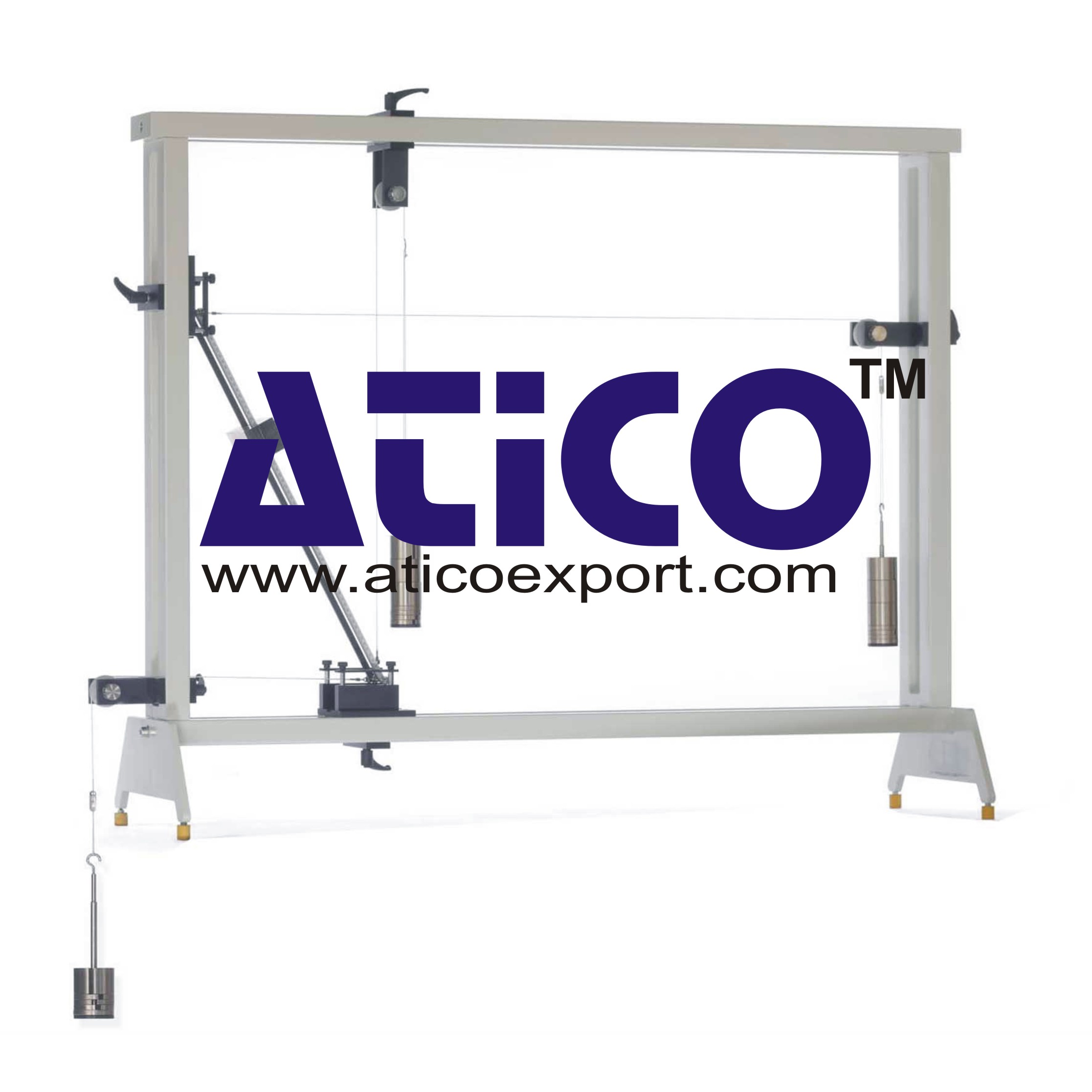
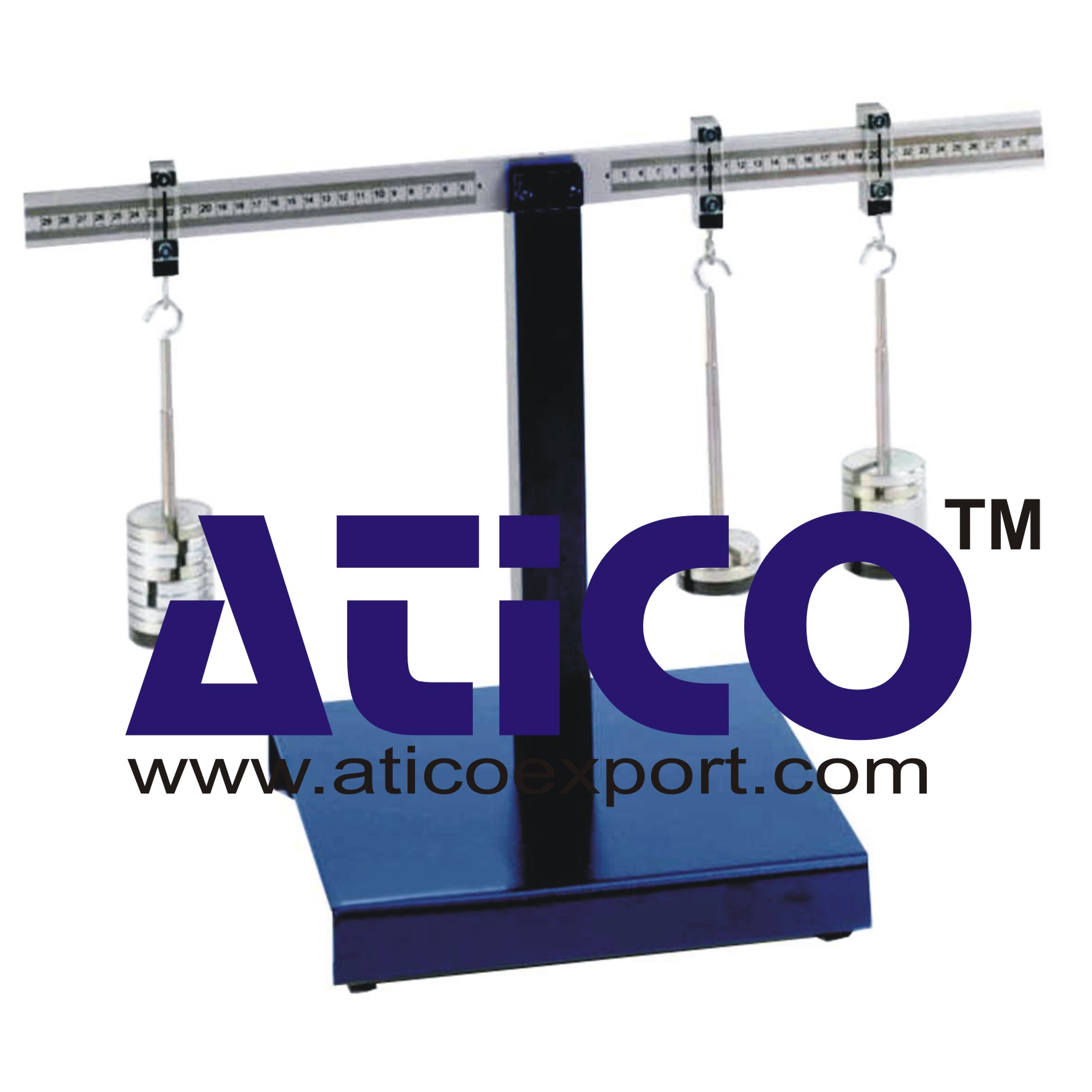
Product
Reviews
add Review
reviews
No Review Yet.